Languages are not only mediums of communication but also repositories of cultural identity, history, and tradition. However, many languages around Africa are disappearing at an alarming rate. Some have already ceased to be spoken, becoming languages of the past, while others are spoken by only a handful of people and are at risk of extinction. This article explores some of these languages, offering insight into the fragile state of linguistic diversity.
1. N|uu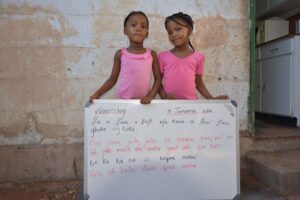
N|uu is one of the click languages of South Africa and is considered critically endangered. It has only a handful of speakers, all of whom are elderly, living in the Northern Cape region. The language’s complex phonetic structure, characterized by its unique click consonants, underscores the rich cultural heritage of the indigenous San people. Efforts to document and revive N|uu are crucial to preserving this linguistic gem.
2. Siwi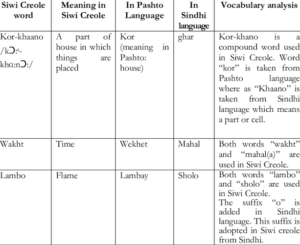
Spoken by the Siwa community in an isolated oasis in Egypt, Siwi is a Berber language. While it is still actively used, its isolation and the increasing influence of Arabic pose threats to its long-term vitality. The cultural practices and oral traditions embedded in Siwi are at risk of being lost, making it imperative to support initiatives that promote the language among younger generations.
3. Laal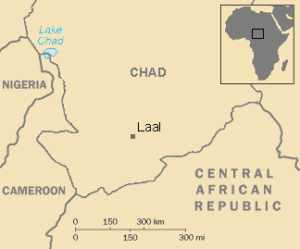
Found in a small region of Chad, Laal is spoken by just a few hundred people. It is not closely related to other languages, which makes its preservation even more critical. Laal’s unique linguistic features provide valuable insights into the region’s history and pre-colonial connections. Documentation and revitalization efforts are needed to ensure Laal does not become another extinct language.
4. Wichita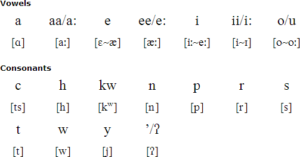
Wichita, a language from Nigeria (not to be confused with the Wichita language of North America), is under serious threat, with few speakers remaining. The language’s decline is attributed to the dominance of larger languages such as Hausa and English. Preserving Wichita involves creating educational resources and encouraging its use in both formal and informal settings.
5. Khoekhoegowab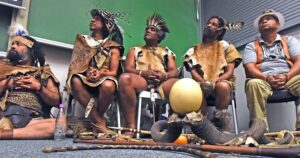
Also known as Nama or Damara, Khoekhoegowab is a Khoisan language spoken in Namibia. It is one of the national languages of Namibia, but like many indigenous languages, it faces challenges from more dominant languages. The click sounds that characterize Khoekhoegowab are a distinctive feature of the Khoisan language family. Promoting bilingual education and media usage can help keep Khoekhoegowab alive.
6. Hadza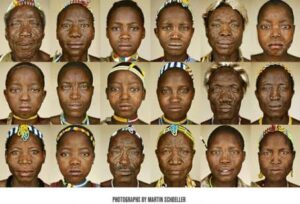
Spoken by the Hadzabe people of Tanzania, Hadza is notable for its use of click consonants. With only around 1,000 to 1,500 speakers, the language is endangered. The Hadzabe’s semi-nomadic lifestyle and oral traditions are deeply intertwined with the Hadza language. Conservation programs that integrate language preservation with cultural and environmental sustainability are essential.
Also, read; Sean ‘Diddy’ Combs Issues Apology Following Release of 2016 Assault Video
7. Sandawe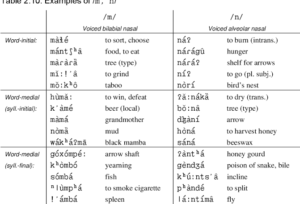
Like Hadza, Sandawe is a click language of Tanzania. It has about 40,000 speakers but is considered vulnerable due to social and economic pressures. The Sandawe community faces challenges from larger linguistic groups, which threaten the use of their native language. Initiatives to strengthen Sandawe’s presence in education and community activities are vital for its survival.
8. Kwadi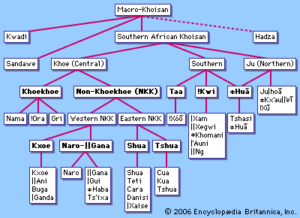
Kwadi, once spoken in Angola, is now considered extinct. It was related to the Khoe languages of other parts of southern Africa. The extinction of Kwadi represents a significant loss of cultural and historical knowledge. Documentation of any remaining linguistic data can provide important insights into the region’s past and inform efforts to protect other endangered languages.
9. Ikpeng
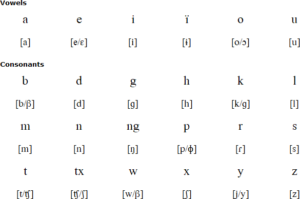 Ikpeng is spoken by a small community in the Mato Grosso area of Brazil, originating from a group that migrated from Africa. It is considered endangered with only a few hundred speakers. The language’s survival is linked to the cultural resilience of the Ikpeng people. Support for cultural preservation projects and the creation of educational materials can aid in revitalizing Ikpeng.
Ikpeng is spoken by a small community in the Mato Grosso area of Brazil, originating from a group that migrated from Africa. It is considered endangered with only a few hundred speakers. The language’s survival is linked to the cultural resilience of the Ikpeng people. Support for cultural preservation projects and the creation of educational materials can aid in revitalizing Ikpeng.
10. Shabo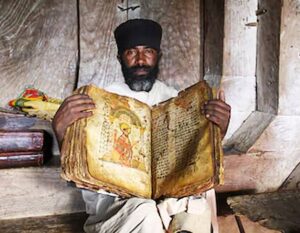
Spoken in southwestern Ethiopia, Shabo is severely endangered. It has very few speakers left, making its linguistic features and structure poorly understood. The Shabo community’s oral traditions and cultural practices are at risk of disappearing. Comprehensive linguistic documentation and community engagement are necessary to preserve Shabo.
Preserving Linguistic Diversity
The preservation of these languages is crucial for maintaining cultural diversity and identity within Africa. Efforts to document and revitalize these languages involve local communities, linguists, and international organizations. These efforts often include educational programs, language documentation, and the promotion of use in media and public life.
Supporting language preservation is not just about saving words; it’s about safeguarding the rich cultural heritage and knowledge systems that these languages embody. By fostering a deeper appreciation for linguistic diversity, we can help ensure that these languages, and the cultures they represent, continue to thrive for future generations.
